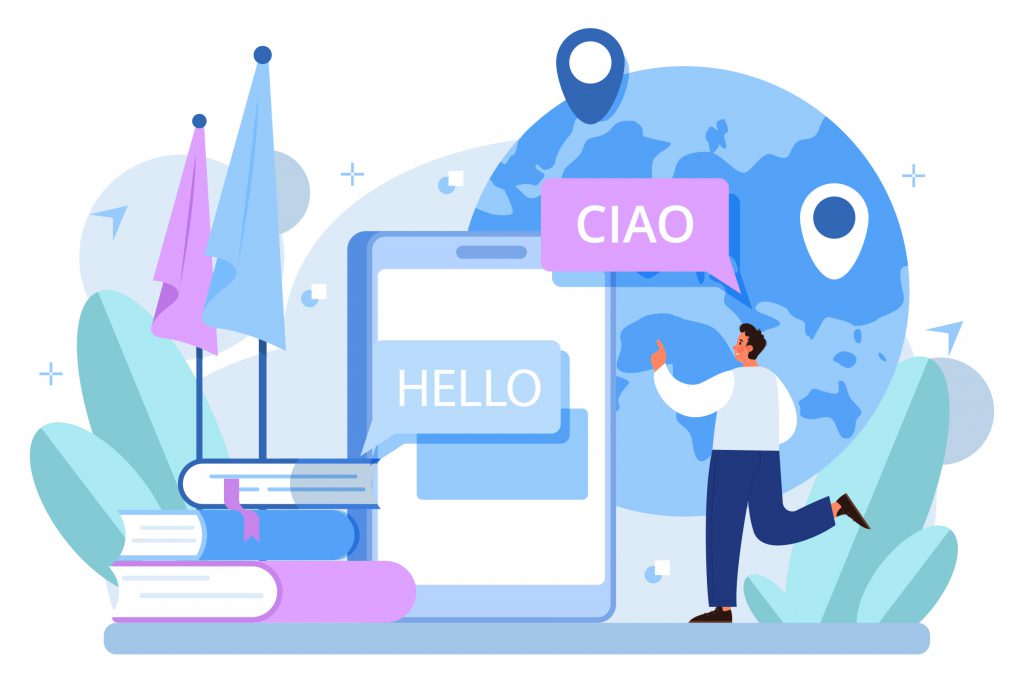Effective communication with diverse audiences is key to a business’ success. And where language barriers exist, professional translators can help you cross them and ensure you communicate your message accurately.
So, if you have a document in English that you’d like to translate into Italian, you’re in the right place. In this post, we’ll discuss how to find and hire a freelance English to Italian translator. We’ll also explore other ways to translate your document, including tips for translating a letter from English to Italian.
What Is the Importance of Professional Translation?
Language is more than just words. It carries cultural nuances and context that a digital translation tool cannot always capture. Additionally, poorly translated documents can lead to misunderstandings with your business partners and customers, potentially damaging your brand’s reputation.
This is why businesses looking to expand into Italian-speaking markets or connect with Italian-speaking clients should hire a professional English to Italian translator. These professionals can help ensure that your message is conveyed accurately and that it respects both the linguistic and cultural aspects of your target audience.
How to Hire a Freelance English to Italian Translator
If you want to hire a professional translator but don’t know where to start, here are a few considerations:
Define Your Translation Needs
Identify the type of document you need to translate: Is it a legal contract, marketing marketing material, a website, or a personal letter? Understanding the document’s purpose will help you find a translator with the appropriate expertise.
Search for Freelance Translators
Freelance marketplaces like Guru are excellent places to connect with translators. Use relevant keywords such as ‘English to Italian translator’ in your search to narrow down your options.
Post a Job Listing
If you don’t want to reach out to freelancers, you can have them come to you. Simply register with Guru, then craft a brief job listing with important details about the nature of the document and what the work will include.
Review Freelancer Profiles
Once you start getting responses, review the profiles of your candidates. Look for qualifications, experience, and any certifications in language ability. Also, check samples of their previous work to assess the quality of their translations.
Assess Language Skills
It’s essential that the translator is not only fluent in both English and Italian but that they also have a deep understanding of the cultures associated with both languages. This cultural awareness is critical for accurate translation.
Discuss Your Project
Narrow down the top profiles and reach out to discuss your project in detail. Ask questions about their process and how they handle potential challenges.
Request a Sample
If you’re unsure about a translator’s skills, request a short sample translation of a portion of your document. This will help you gauge their abilities and ensure they can meet your expectations.
Set Terms of Agreement
Once you’ve found the right translator, agree on the terms of the project, including the timeline, payment structure, and any revisions that may arise.
Review and Feedback
After receiving the translated document, review it to ensure accuracy and clarity. Provide constructive feedback to the translator to help them improve and enhance their work. Remember to give them a rating and review so that future clients can see their work history and recommendations.
Other Ways to Translate Documents
Machine Translation Tools
Machine translation tools, such as Google Translate and Microsoft Translator, can translate your document from English to Italian for free. They are quick and convenient for basic translations, but may not always capture nuances accurately.
Translation Software
Translation management software like SDL Trados or MemoQ can also offer translation solutions for businesses and are commonly used by professionals for additional assistance. However, you’ll need to know both English and Italian to be able to use these tools efficiently, and you should expect a significant learning curve.
Translation Apps
Apps like Duolingo and Translation.com offer a translation feature where users can help translate content. However, this will not be as accurate as a professional’s work.
In Closing
When translating documents from English to Italian, hiring a freelance translator is the wisest choice. By following the steps outlined in this guide and using a platform like Guru, you can find the right freelance translator to help you bridge language barriers, connect with new audiences, and expand your business!



